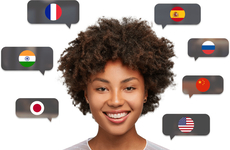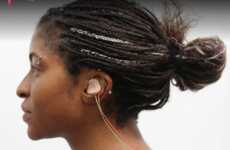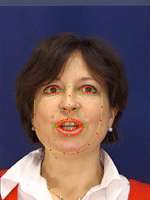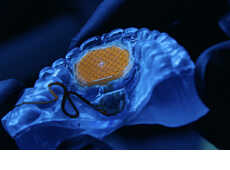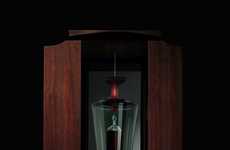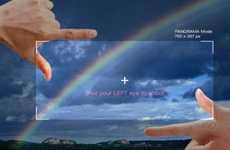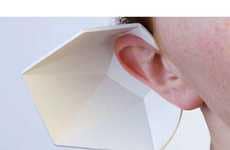
New Technology Lets You Read Lips & Identify Languages
Geebee Micro — April 25, 2009 — Tech
References: uea.ac.uk
While work has been done for some time on computer programs that are able to read lips, scientists at University of East Anglia’s School in England have gone beyond that point altogether, creating technology that allows computers to identify differences between languages.
Potential uses for the new technology would be in noisy environments, to aid law enforcement or benefit the deaf and hard of hearing.
Using a group of 23 bilingual and trilingual speakers, scientists developed a system where they could, with a extremely high degree of accuracy, identify a language spoken by individual speakers.
Considering the languages able to be identified, which include English, French, German, Arabic, Mandarin, Cantonese, Italian, Polish and Russian, this technology probably covers about over 80% of people worldwide.
Potential uses for the new technology would be in noisy environments, to aid law enforcement or benefit the deaf and hard of hearing.
Using a group of 23 bilingual and trilingual speakers, scientists developed a system where they could, with a extremely high degree of accuracy, identify a language spoken by individual speakers.
Considering the languages able to be identified, which include English, French, German, Arabic, Mandarin, Cantonese, Italian, Polish and Russian, this technology probably covers about over 80% of people worldwide.
Trend Themes
1. Lip-reading Technology - Opportunity for developing advanced lip-reading algorithms to improve communication and accessibility.
2. Language Identification - Potential for creating language recognition systems with high accuracy for various applications and industries.
3. Assistive Technology - Opportunity to develop innovative solutions to aid the deaf and hard of hearing in noisy environments.
Industry Implications
1. Law Enforcement - Disruptive technology can enhance surveillance and investigation capabilities in noisy environments.
2. Speech Recognition - Opportunity to improve speech recognition systems and language translation services with accurate language identification.
3. Accessibility Technology - Innovative solutions can be developed to enhance communication and accessibility for the deaf and hard of hearing.
2
Score
Popularity
Activity
Freshness



